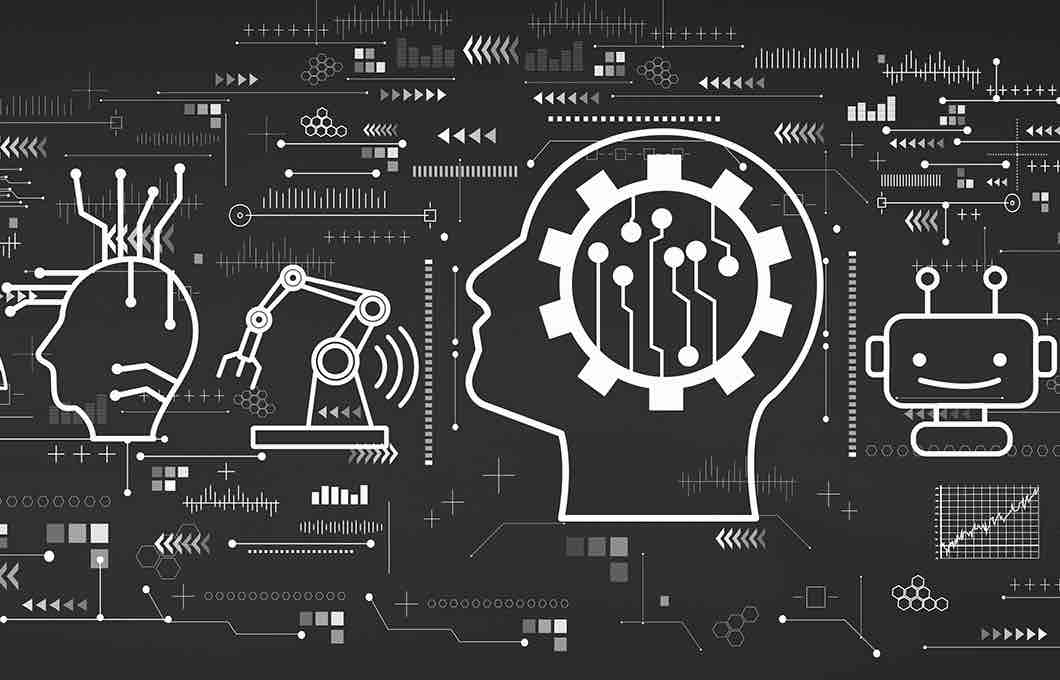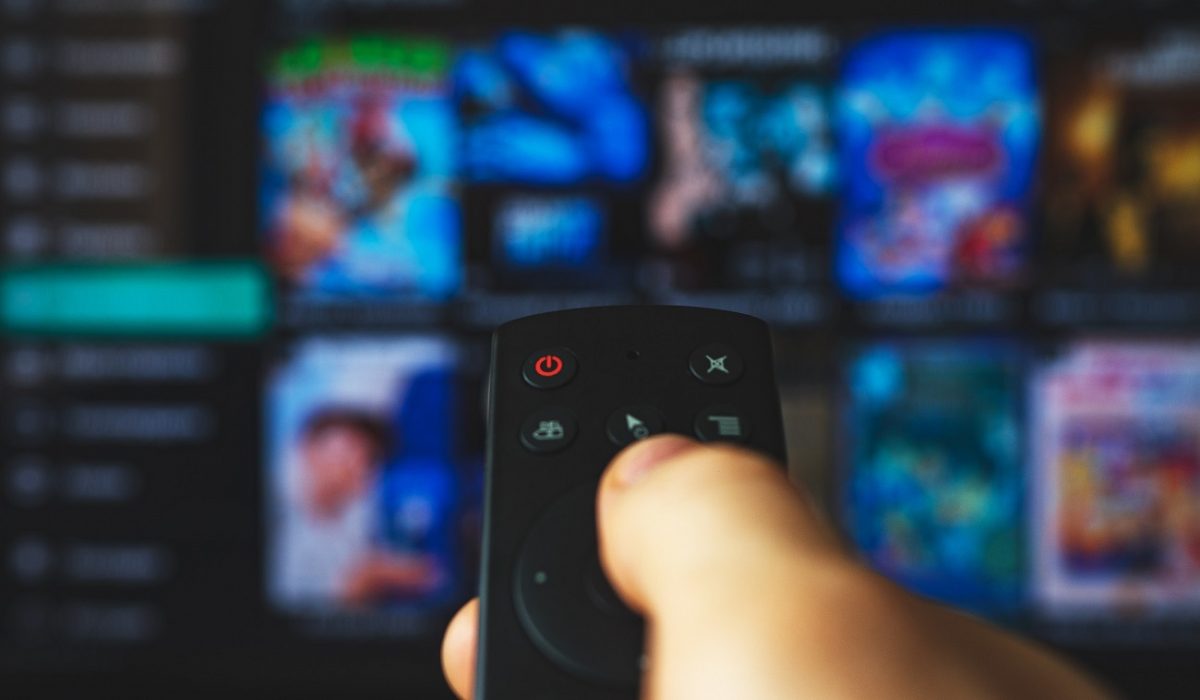With the rise of digital technology, more and more people are looking for ways to make their daily job (and life in general) easier by using tooling which can provide automation. Even programmers are looking for ways to type less code and let the coding be done by the system itself. The future of programming is therefore looking very different than it is looking now. Will programmers be even needed in the future?
The future of programming is turning into a new direction of writing code and creating new software with the goal of reducing its complexity. According to McKinsey (2021), the working time required for software and analytics development will be approximately 30 times less before 2050. This with the help of so-called Software 2.0. Software 2.0 “makes the rapid scaling and diffusion of new data-rich, AI [Artificial Intelligence] driven applications possible.” In other words, the neural networks of machine learning and AI will do the coding for you – you will only have to upload a picture, audio or video or type your request, and the system will do the coding work.
However, good news for programmers – programming is expected to not go anywhere anytime soon. It is expected that both Software 1.0 (code written by humans) and Software 2.0 (code written by machines) need to exist in the foreseeable future. The reason for this is because neural network developments are a never-ending learning journey and without the help of a programmer’s brain, the code will most likely not turn out as expected – in the beginning phases after all. Especially when writing complex requests, it expected for a programmer to finetune the code where needed. Besides, who will code the neural networks when there are no programmers. Thus, it is unlikely that machine learning and AI will let the programming jobs fade altogether. However, it is considered likely that 80% of the job will be replaced by neural networks.
References
Fleming, S., 2021. Top 10 tech trends that will shape the coming decade, according to McKinsey. [Online]
Available at: https://www.weforum.org/agenda/2021/10/technology-trends-top-10-mckinsey/
[Accessed 13 9 2022].
McKinsey & Company, 2021. The top trends in, s.l.: s.n.
Singhal, R., 2021. Enabling Next Generation Enterprise IT, s.l.: Tata Consultancy Services Limited.
Toffoli, J., 2022. All You Need To Know About Software 2.0. [Online]
Available at: https://www.clarifai.com/blog/all-you-need-to-know-about-software-2.0
[Accessed 13 9 2022].


